|
*a person who enjoys himself or herself - Collins English Dictionary[1] And so we scurry along. This is a road trip after all and Kinks'[2] enthusiasm is totally infectious. We started out on the Atlantic Coast of France and now we are in Catalonia having snuck into that region at the border between the French departments of Aude and Pyrenees-Orientales. I say "snuck in" because serendipity took us along a narrow back road, taking the scenic route as we progressed in a generally South-Easterly direction. Toes in the Med Our treasured companion had never seen the Med before and a bit of toe-dipping was essential. What better place to do that than the coast of Catalonia with the Pyrenees-Orientales leering in the background while we toasted the sunset with a glass of local vino. After a short sojourn on the Mediterranean we would turn inland to traverse the Pyrenees. This was designed to be a tapas trip rather than the full Catalonian meal with so many options to choose from ... Dali's Portlligat, Girona, Barcelona and wine at Priorat to name a few. Dreams for another three-week trip in the future. TGV to Perpignan, perhaps? Lots more in the Pyrenees-Orientales to tempt us, too. Oh well, six weeks, maybe ... Above: (top row) straight down to the sea to dip their toes in the Med; (bottom row) a sip of local vino with the sunset behind; a little later, back at Campy for planning the next day with more wine and nuts. Cotlliure/Collioure I've read pretty much everything written by or about George Orwell (Eric Blair). Fanaticism or fascination with the great writer? I'll let others be the judge, but any journey into this part of the world, however brief, will always be a bit of a Homage to Catalonia. Laurie Lee, also wrote some pretty captivating stuff in A Moment of War but some doubt has been cast as to its complete veracity given that it was published more than 50 years after the fact and perhaps debunked to some extent by the author himself[3], who reported that he'd had to rely on his memory after his notes were stolen. Then, of course, there was a third writer in English, who delivered possibly the most compelling story of the Spanish Civil War in For Whom the Bell Tolls, Ernest Hemingway. But then that was a novel and how close the author stuck to historic facts only he could tell (if he even would). So it's back to Orwell for my indoctrination into Catalunya. A fascination that will endure. It was the morning after the toe-dipping the evening before that we set out to walk into central Cottliure (if we are to give it its authentic Catalan name). A scenic if fairly challenging 2 km along the coastal path. When we finally strolled down from the cliff top into the Quartier ancien de Collioure we were struck by the Moorish influence of the streets and architecture. The old part provides charming evidence of the shifting cultures between France and Spain lending it the modern vibrance it now exudes. Above, clockwise from top left: Kinks and Shan taking a breather after scaling part of the cliff path; precarious-looking houses perched on the cliffs at the edge of town; a couple of colourful lanes in the old town; pre-prandial rosé in a backstreet restaurant; nosh à la Mediterranean (and perhaps a hint of Basque delights to come). Above: (top, l-r) Shan's moody shot of the Notre-Dame-des-Anges gains more of a Moorish atmosphere than usual from the relatively recently-added Tuscan tower being hidden under scaffolding, the moody sky over the Pyrenees and the North African style of the building across the lane; the lavish altar reredos evokes the altogether more exotic moresque world; (bottom, l-r) this bloke was sitting outside the church making sublime music with this unusual instrument; I walked off briefly, intending to return and ask him what the instrument was when he ended his piece; when I got back a crowd of people had gathered and were talking to him animatedly and I missed my opportunity - my best guess is a gadulka, if anyone has better ideas I'd be grateful if you'd comment on this blog with any suggestions. Collioure/Cottliure's Château Royal Given the almost perfect bay for a harbour along this much contested piece of coast, it is little surprise that there has been a château of sorts at the ocean's edge in Collioure since time immemorial. Maybe there was something there in pre-Roman times but this current edifice replaced a Castrum (Roman fort) around the turn of the 13th/14th centuries and housed the Majorcan kings , remaining under Spanish control until 1642 when it passed into the hands of the French. It was the prolific and renowned French military engineer, Vauban, who worked under Louis XIV, who had the outer wall and glacis built. Another demonstration of how, like Carcassonne, these buildings of note tended to evolve organically to their present state. The Catalan name for the town seems appropriate given the shared history over our recently previous millennium. Above: The Château Royal in Cottliure/Collioure Heading West from Catalonia towards the Basque Country The next leg of our travel to pretty much the middle of the Pyrenees took us a day (and cost me another contribution to the République Française, I'm ashamed to say[4]). The density of fascinating vistas and sites in this part of the world really do beckon one to return on foot, or at least using a dramatically slower form of transport. Sin plazos[5] would be even better, although not altogether practical. So, snaking up the spectacular Catalan scenery of the N116 from Perpignan to Puigcerda ended up with snatched snaps from the passenger window of a (not quite) speeding Mercedes Marco Polo. Above (l-r): Not quite speeding so much as static but our daughter, Kate, WhatsApped Shan to ask how close our pitch on the Med was to the sea - this was the answer; speeding on the N116 we spotted Villefranche-de-Conflent, a Unesco site involving witches that is beautifully described in this lovely blog that I found by chance; further on up the road, we flashed past Mont-Louis, another gem brought to fruition by Vauban. Ok, I will admit, I do get a little obsessed with little conundrums. Why is there a bit of Spain totally surrounded by France???! It is called Llivia and from what I can tell, it occupies 12.9 square km. It has what appears to be a fairly insignificant fort but must have been deemed sufficiently important for Spain to ensure it was retained by that country when the extant boundaries with France were drawn up. I really wanted to go there to see why it deserved this special treatment. A fair amount of googling has not revealed an answer that is satisfactory to me. Why did Spain want it? Why did France cling to a corridor between Llivia and the mountains, a clump of Pyrenees less than 15 km to the South? Apparently, during the unofficial 2019 Catalan referendum, the town voted 95 percent in favour of an independent country of Catalonia. I need to spend a few nights in the bars of Llivia. The mystery of Llivia took a back seat for a while when we arrived, 6 or 7 km down the Road, at Bourg-Madame. This was the last bit of the N116 trunk road before crossing into Spain and the same road became the N20 for a short stretch through the town and then the N152 over the border into Spain. Satnav ghost story But Bourg-Madame was having a fair on the N20. Fair dos, it's their town and they can do what they want. Some deviation signs on the major through route into Spain might have been nice but, hey-ho, we'd just have to find our way around. Easy-peasy. The Mercedes had SatNav. We could set it for the next significant town (in Spain, Puigcerda, less than 1km away). That's where our satellite navigation, and clearly that of some other travellers, too, went into a black hole. We kept meeting the others, including a couple of Benelux motorhomes, as we drove around in a mêlée for what seemed like more than an hour. At some point in this process Shan started tracking the route on Google maps. Thankfully she did, although her escape route took us more than 4km along some extraordinarily narrow roads, at one place, necessitating her getting out of the vehicle to guide us through a particularly tight alley in the village of Age. And, yes, we did notice one of our new motorhome friends had muddled themselves along that route, too. Perhaps my dear wife can be commended for subtly tapping the side of her nose. "We passed into Spain in the middle of a field on the way to Age," she announced. Pressing on through the Pyrenees Much as we'd have liked to tarry awhile on our ascent of this awe-inspiring mountain range as steeped in ancient history as any in the world (if not more so), I was getting a little concerned that we might not find a campsite to stop at that night if we didn't relentlessly continue our journey. With hindsight I can see what a wuss I was being. We practically nudged Pico Aneto (at 3,404 m and the tallest mountain in the Pyrenees) before descending for the night alongside the infant Garonne below. Shelley-ann making a decent fist of the flying-window pics as we fled by. Above, clockwise from top left: we sailed past spectacular mountain scenery; and scaled the Pyrenees to Port del Cantó at 1721m; and then to 2072m at Port de la Bonaigua and the surrounding (snowless at the time) ski resorts; before descending into a sunlit valley; to Verneda Camping on the edge of the infant Garonne; our van looking particularly inviting in the fading light. Camping in the High Pyrenees The night before, we'd been at the coast and the nights were warm. For the next two sleeps we had sunny days with darkness bringing about plunging temperatures, as can be seen by Kinks' garb in the last picture in the clockwise sequence above. Mornings were bright and beautiful but with a definite chill. October hadn't brought the snow but ... Above, clockwise from top left: two morning mountain pictures taken in opposite directions from our camping pitch before deciding on Sunday lunch; pukka sangria in the Sunday sun; after that and some wine besides, I'm not going to be the one to decipher this; I loved the fact that this actual Pont D'Arros sign was in the middle of a forest on an insignificant crossroad between paths and a gravel track; gravel tracks are at their best in Autumn, especially when one isn't particularly pished but feeling benign about the world in general and the Pyrenees backwoods in particular. It would be a crime not to return Cold clear skies and the moon coming up: what a memory of an all too short sojourn amongst this spectacular scenery. You can almost feel Pico Aneto and the Macizo de la Maladeta lurking behind those closest peaks. Above, clockwise from top left: I hope it speaks for itself ... moonrise in the mountains.
So it's a date, Mrs H? Will you and your gorgeous sister[6] reconvene for a rematch when we can take some more time to smell the roses (and the rosés). This time it might be a major expedition ... it could take months. Coming next
[Endnotes]:
2 Comments
Jane Rosenthal
30/11/2022 07:28:59 pm
Very delightful reading, Mark. I did enjoy this little dash through this rich countryside both in history and natural assets. My best pics: my gorgeous cousins with toes in the Med (Peggy's other granddaughters), the foresty gravel track and the splendid chateau royal.
Reply
Thank you Jane. I do love a good comment and yours complement the "taster" story, which is what I had hoped my friends would feel happy to do. My friend Rory (Lynsky an old fellow reporter) tends to keep me honest from down under. He's not particularly keen on the foodie bits but he is a veteran pro at travel-writing and travel-writers ... I think he's read them all!
Reply
Leave a Reply. |
AuthorMark Harrison - making travelling an adventure Archives
April 2024
Categories |











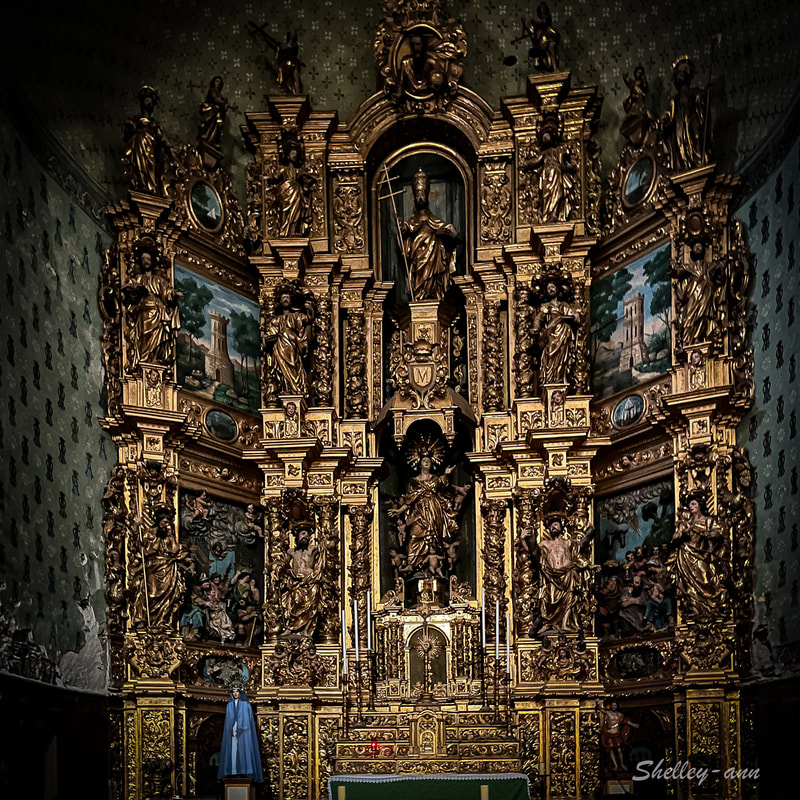

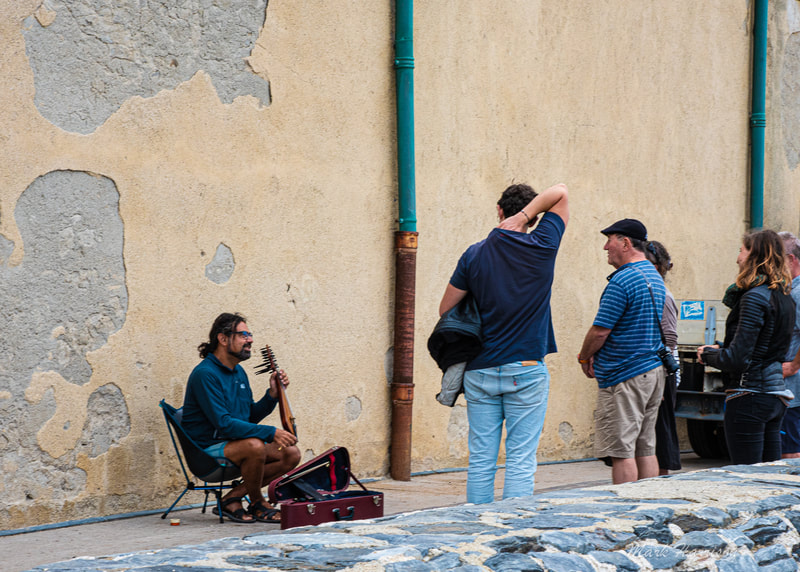

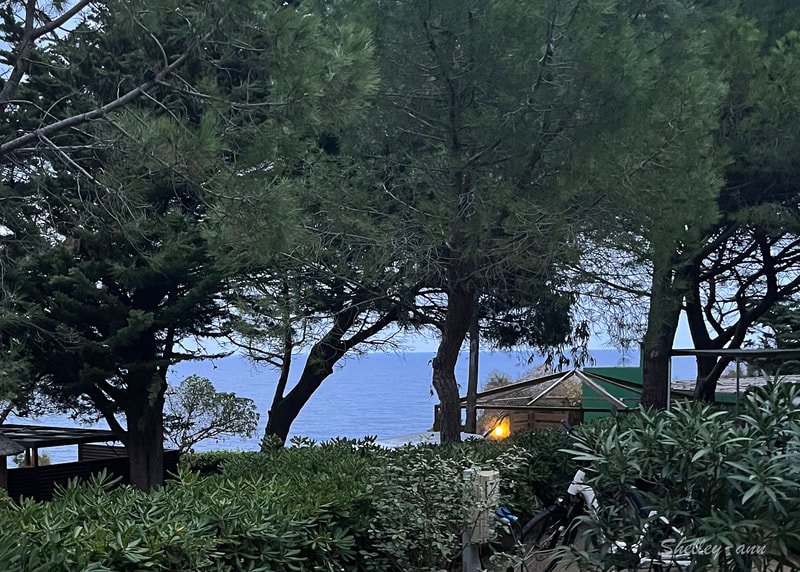



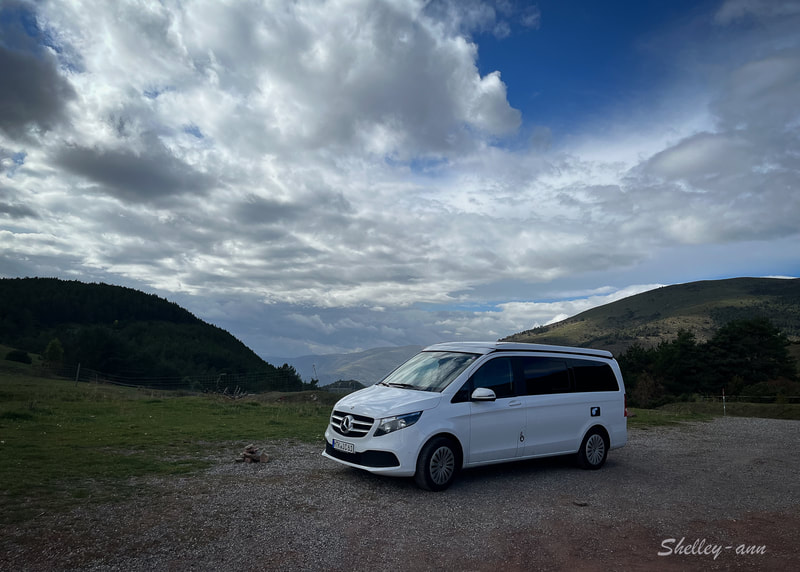







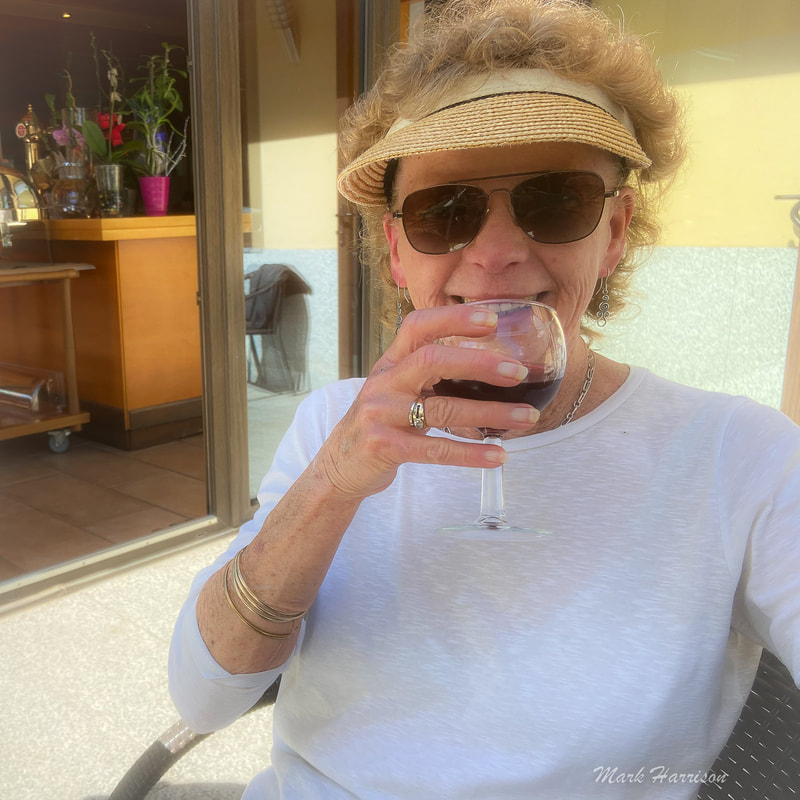






 RSS Feed
RSS Feed